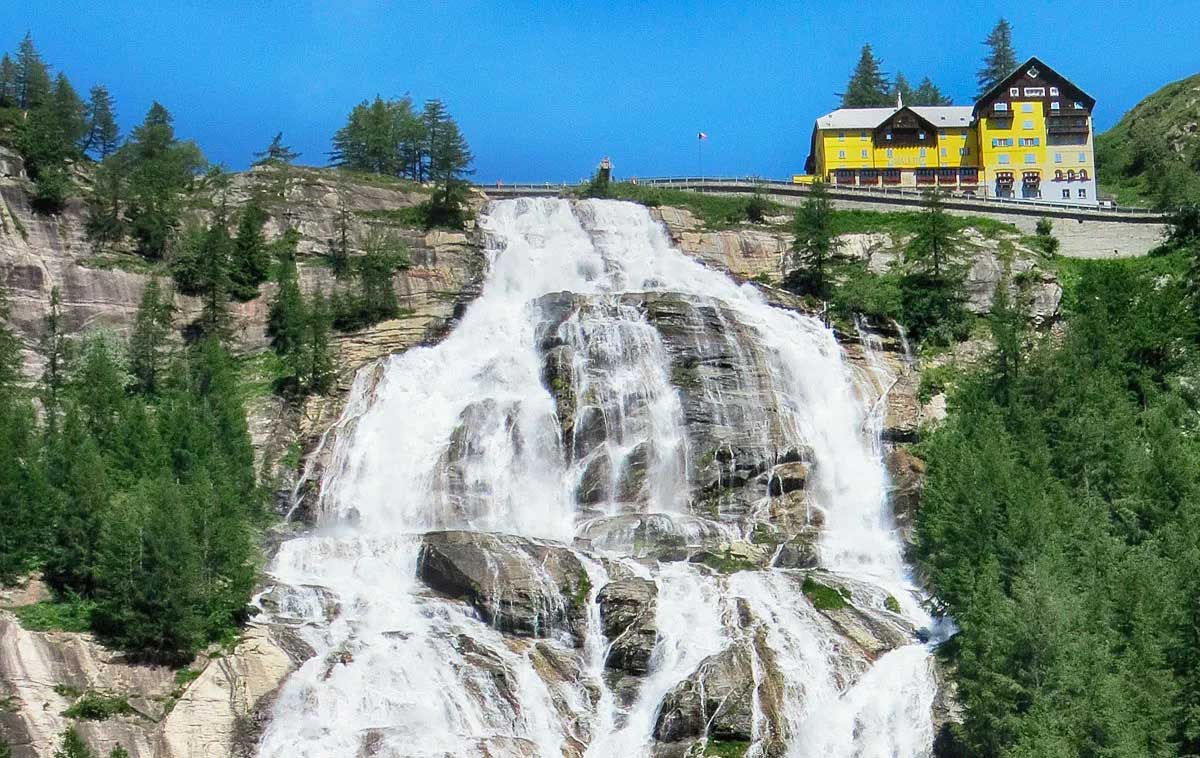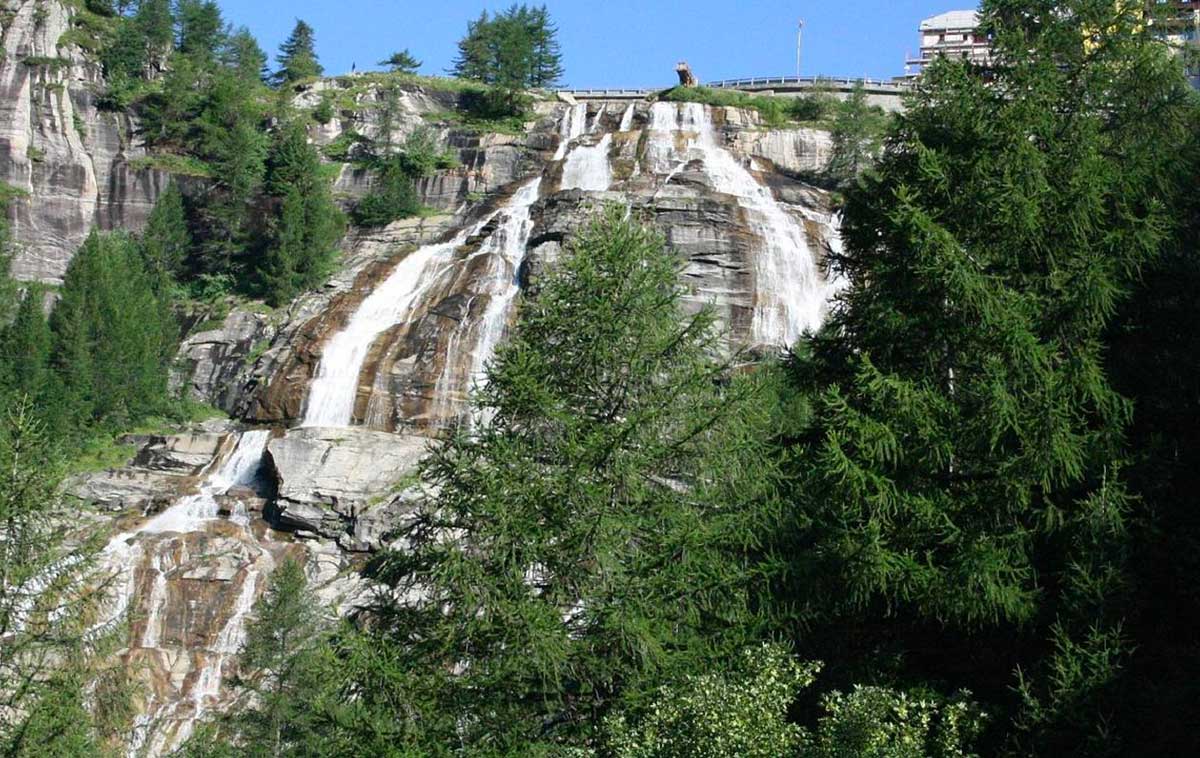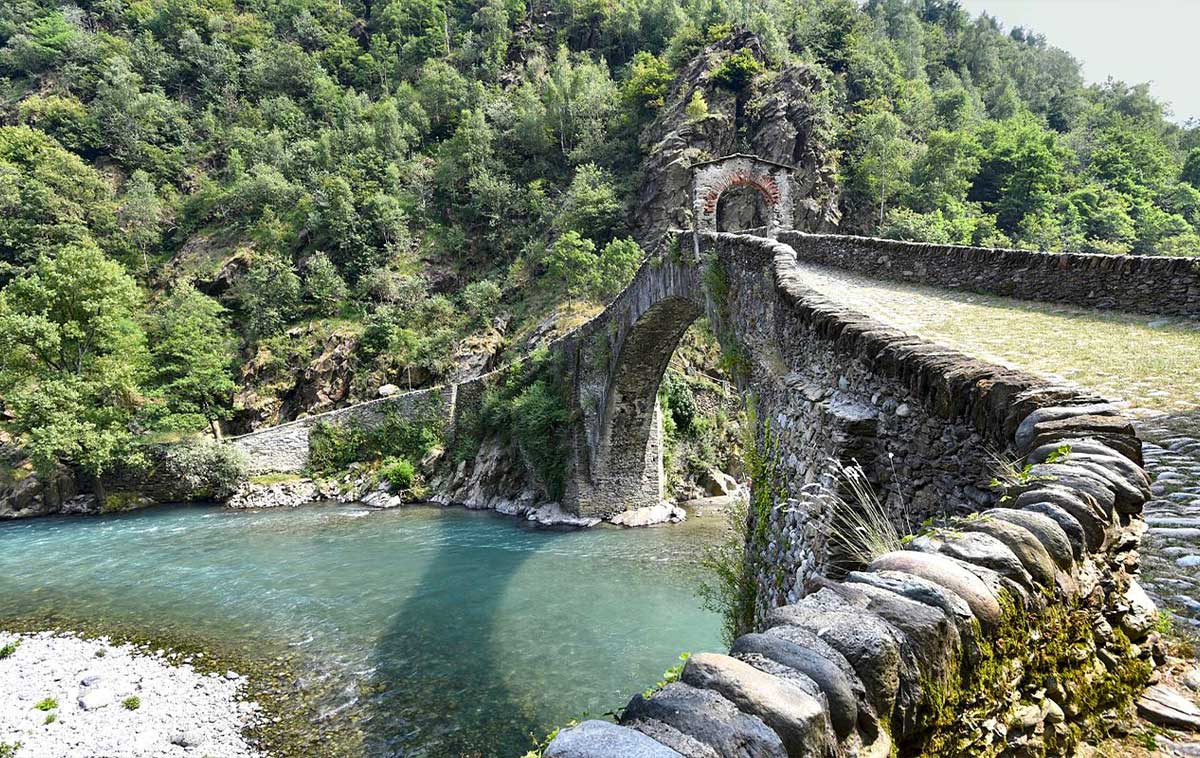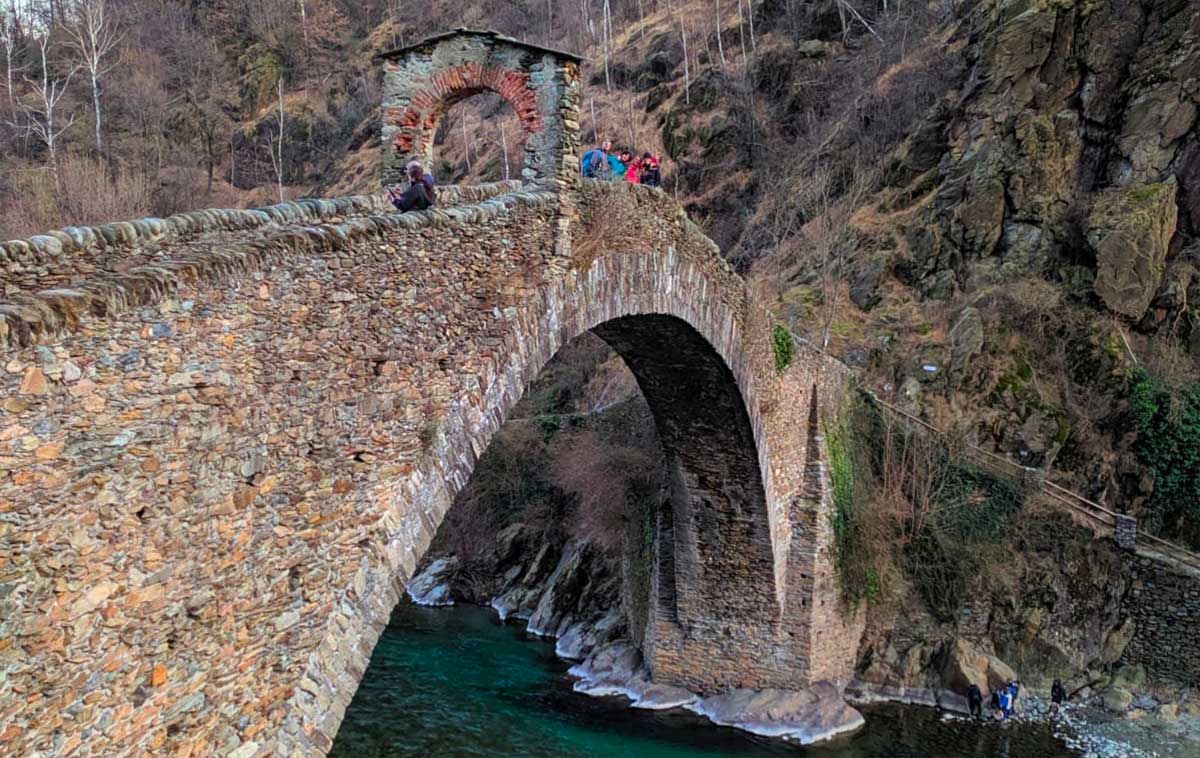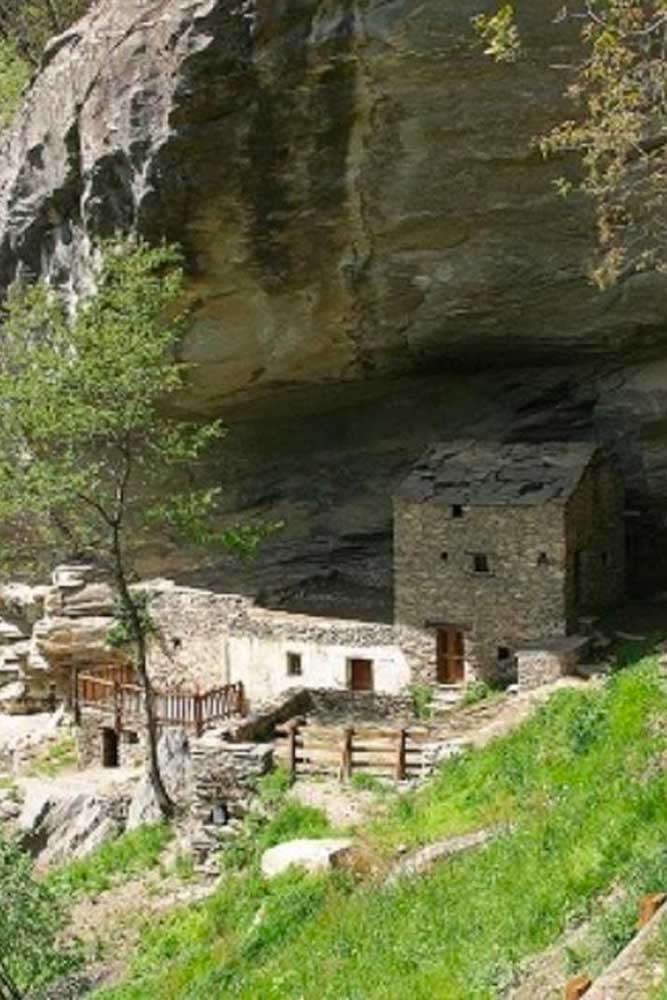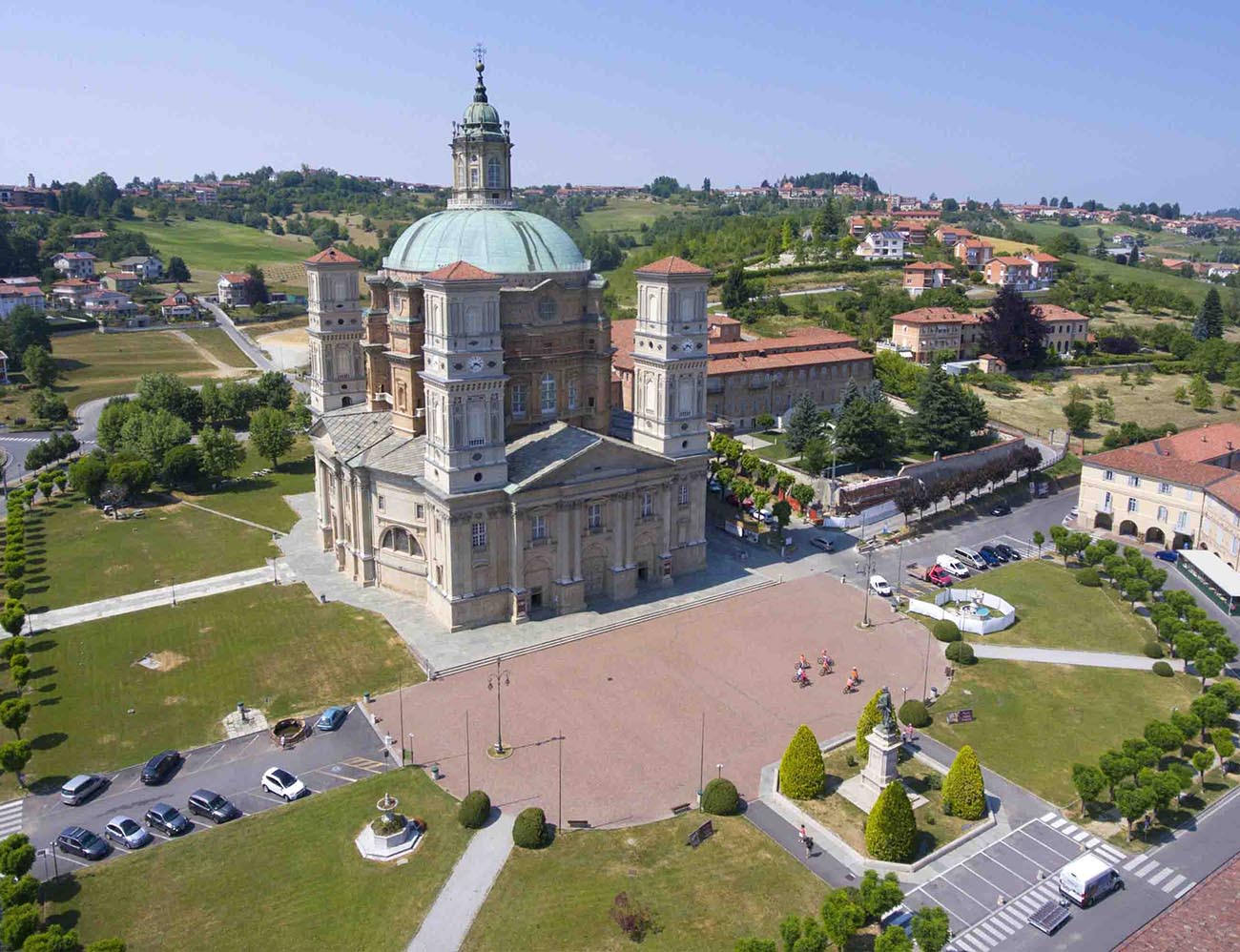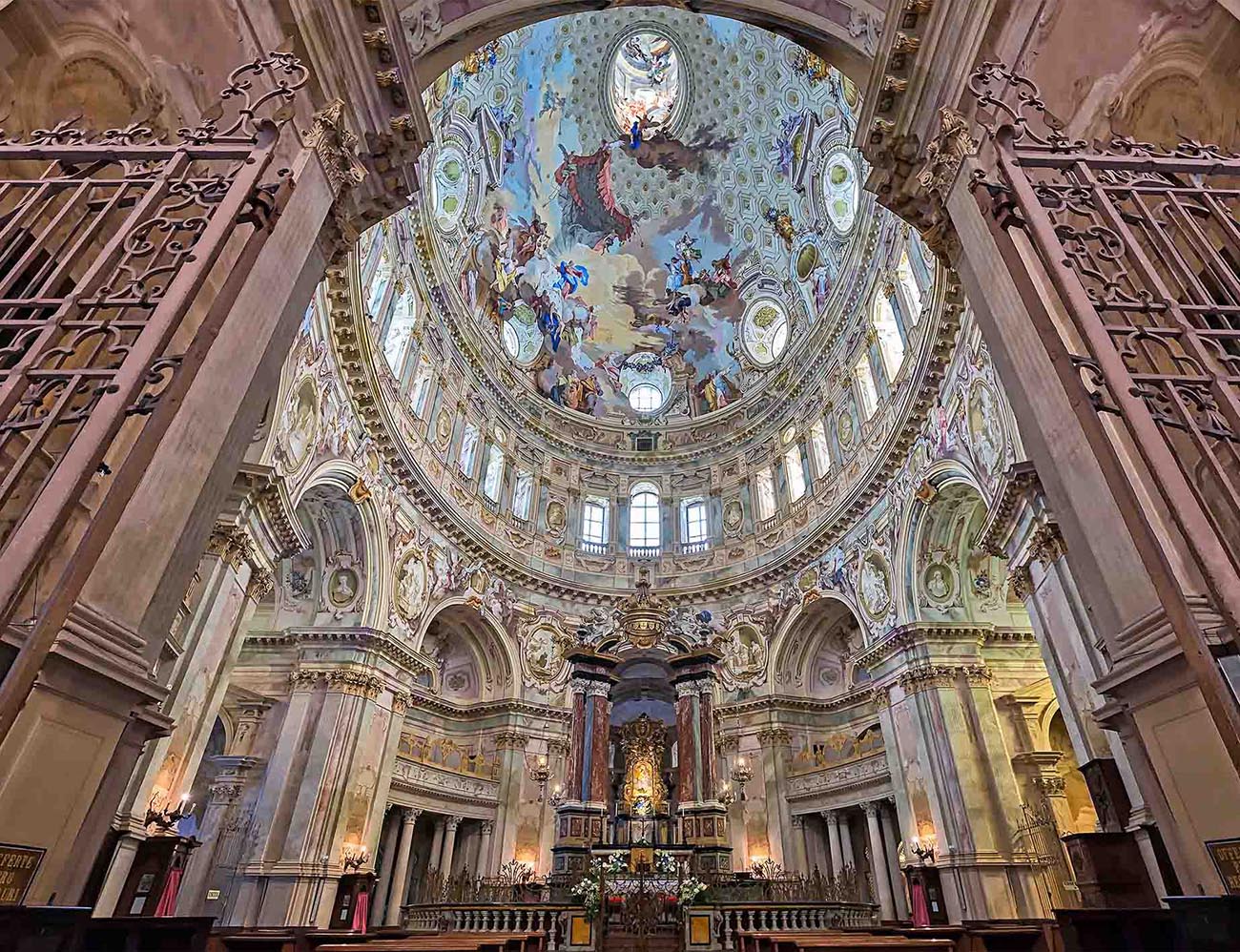Piedmont, with its castles, mountains, and picturesque villages, is a region full of charm and history. But beyond the well-known sites, there are destinations that stand out for their uniqueness and mystery. If you’re looking for unusual places, get ready to discover five hidden gems that tell stories of adventure and curiosity.
1. Grotta Gino in Moncalieri: A Journey into the Heart of the Earth
Hidden among the hills of Moncalieri, Grotta Gino is a natural wonder that surprises anyone who visits. This natural cavity, accessible to all speleology enthusiasts, offers a unique experience beneath the Earth’s surface. The rock formations, sculpted by water over millennia, create a mysterious and evocative environment. If you love adventure, this is an unmissable stop!
2. The Museum of the Mondine: History and Tradition Among the Rice Fields
In Vercelli, in the heart of the Piedmontese plains, lies the Museum of the Mondine, a place dedicated to the memory of the women who worked in the rice fields. The museum tells the stories of hardship and resilience of these workers, symbols of a difficult historical period and a battle for rights. A journey into the history of agricultural labor that takes you back in time, amidst traditional songs and ancient tools used in the rice fields.


3. Archibuseum in Garessio: A Tribute to Architecture
If you’re passionate about architecture, you can’t miss the Archibuseum in Garessio! This unique museum houses a collection of architectural models, blueprints, and photographs that celebrate the art and science of design. A journey into the world of architecture that allows you to better understand how the structures around us come to life and admire models of buildings that have made history.
4. The Pumpkin House: A World of Colors and Flavors
In Pecetto Torinese, you’ll find the unique Pumpkin House, where every autumn, hundreds of pumpkin varieties can be admired. This place is a true visual spectacle, showcasing shapes and colors far beyond the classic orange pumpkins we’re used to seeing. Every year, rare and unusual pumpkins from all over the world are exhibited. It’s a perfect visit for nature lovers who want to learn everything there is to know about this extraordinary vegetable.

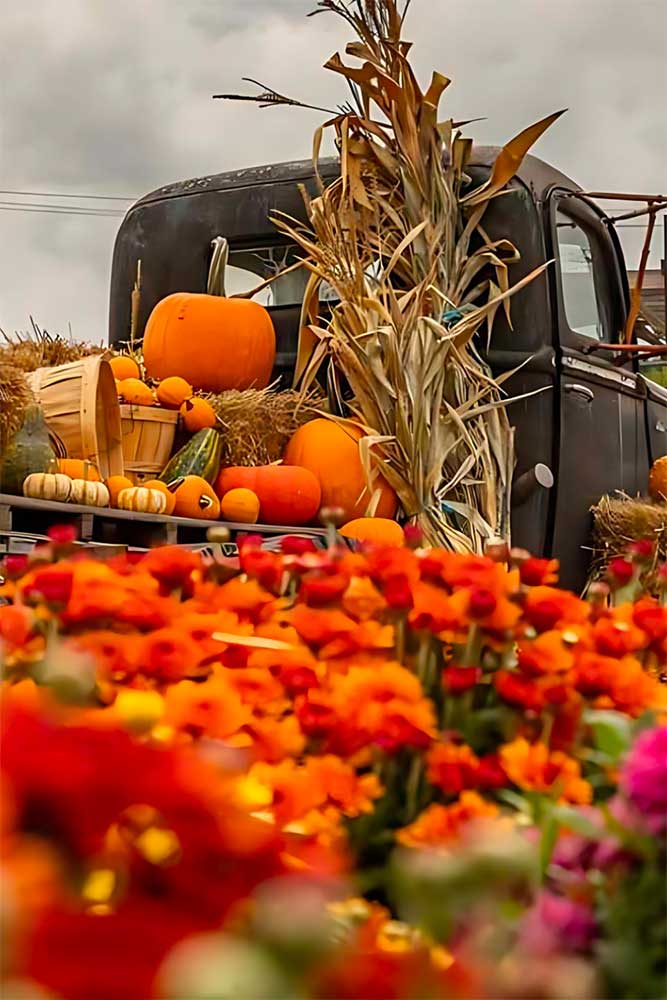
5. The Underground Labyrinth of Balme: Lose Yourself Below Ground
For mystery and adventure lovers, the Underground Labyrinth of Balme is a fascinating destination. This complex of tunnels hidden beneath the mountains offers a unique experience: a true maze winding through the underground, perfect for exploration enthusiasts who aren’t afraid of getting (literally) lost. Once inside, you’ll feel as if you’ve entered a parallel world, far from the hustle and bustle of modern life.
So, what are you waiting for? Plan your itinerary and set off to discover the most unusual side of Piedmont.












